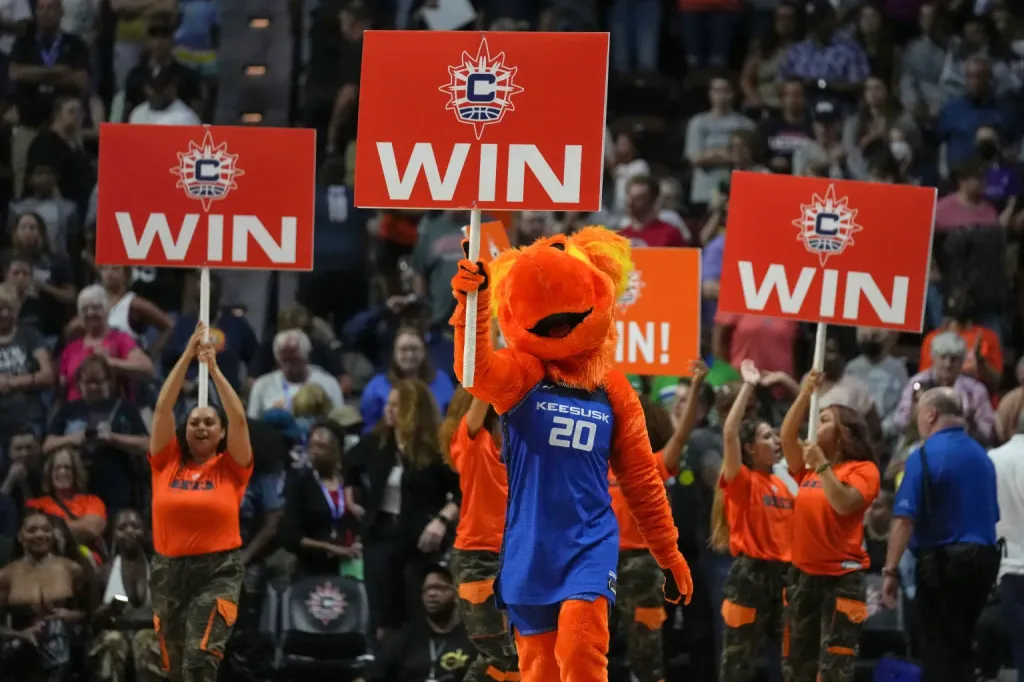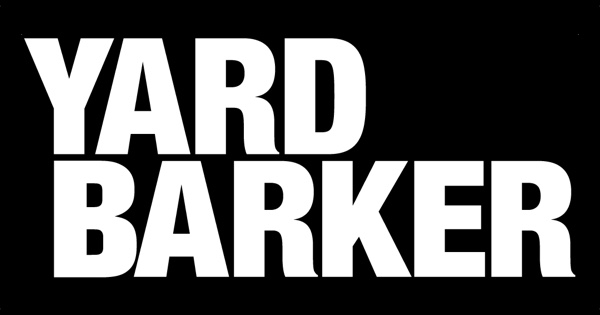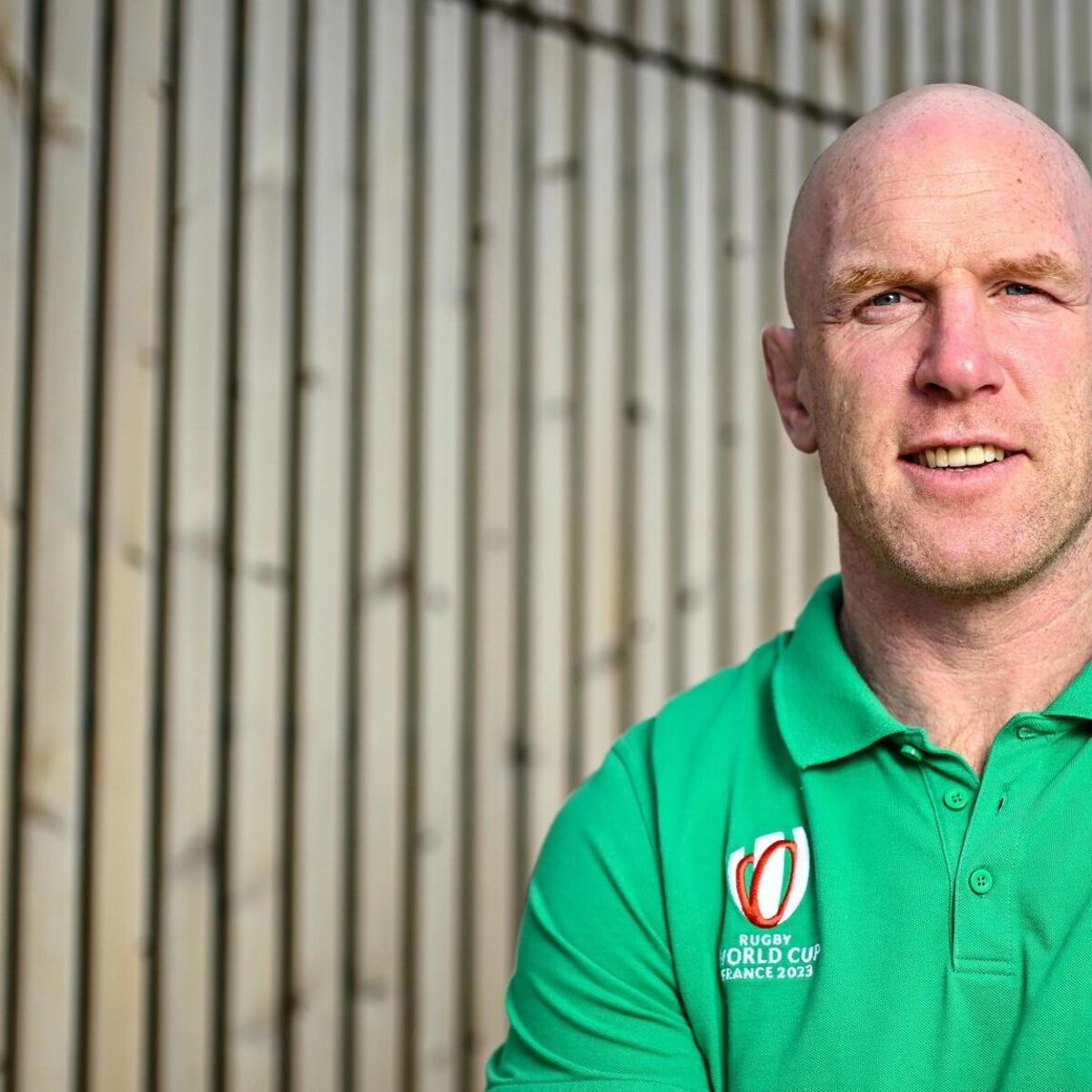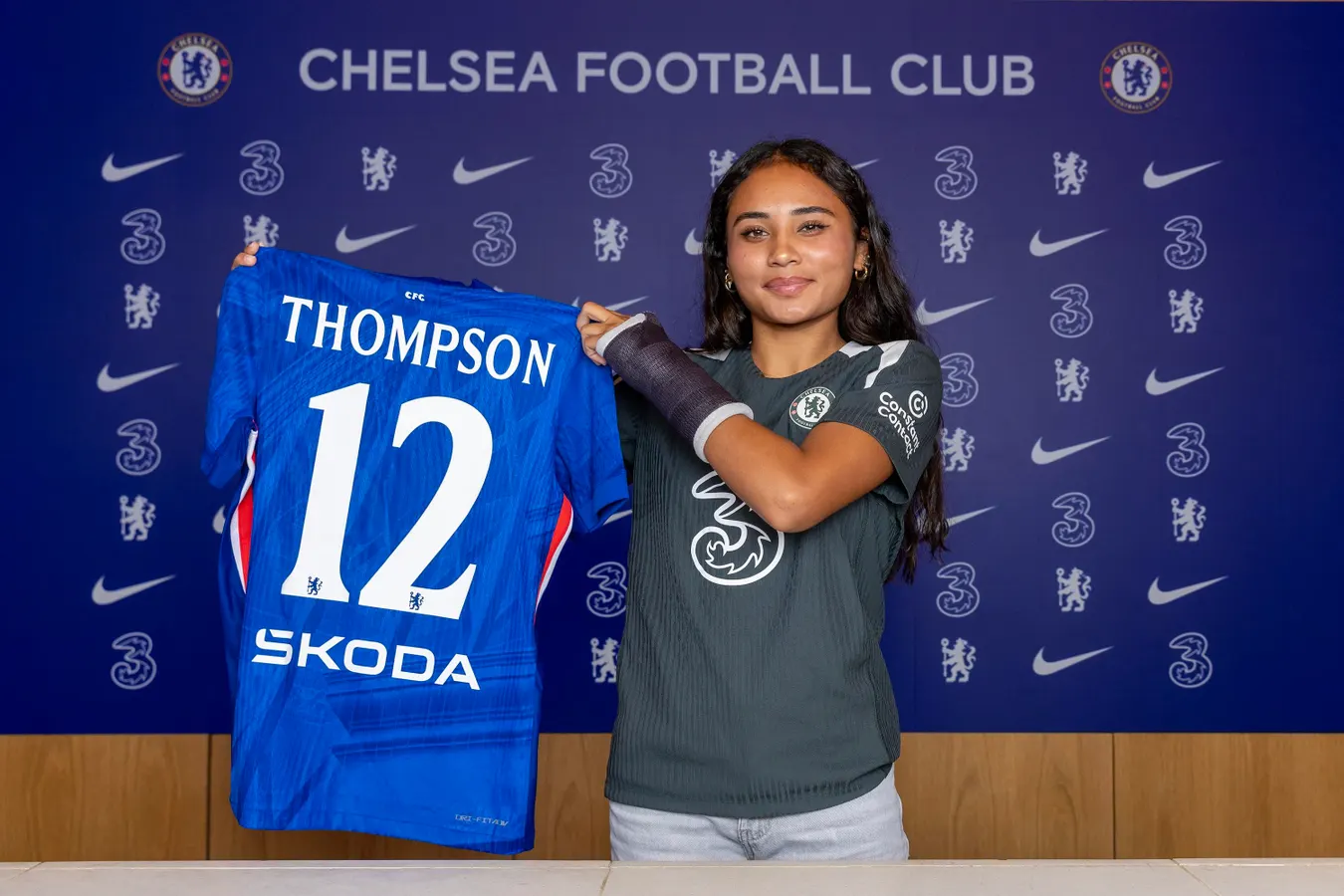
For weeks, discussions of sports in Connecticut have largely revolved around one question: Will the Connecticut Sun, the state’s foremost major league team, stay in the state?
The news last month that the WNBA team, which has been owned by the Mohegan Tribe since 2003, might be sold to Boston Celtics minority owner Steve Pagliuca for $325 million sparked a flood of concern and an equally intense flurry of activity.
That concern turned into outrage as the proposed Boston sale and a separate counteroffer, which would keep the team in state but move it to Hartford, were both ignored by the WNBA as it considers sending the team elsewhere. U.S. Senator, and former state attorney general, Richard Blumenthal went so far as to raise antitrust concerns.
State officials swiftly launched a campaign calling for the Sun to stay in Connecticut and urging residents to sign a petition to help make the case to the league.
Connecticut officials are also considering a plan that would see the state use pension funds to purchase a minority stake in the Sun in order to keep the team. While the proposal has received support from Gov. Ned Lamont, the possible use of pension funds has drawn criticism from both legislative Republicans and unions; Both argue there are better uses for the money.
“There needs to be structure and fiscal responsibility and a level of respect for taxpayer money and for public employees’ money,” Senate Minority Leader Stephen Harding, R-Brookfield, said at a press conference last week.
So far everything is still in the air. The WNBA has not made a decision, and much of the public debate is based on potential situations rather than any agreed upon plan. There is no clear timetable for when a decision on the Sun’s fate will be made.
But the discussion has raised questions, not just around the team’s future, but also around its value to Connecticut and the power of the team as a catalyst for economic development in the state. With two options on the table that could see the Sun playing home games in Hartford, there’s also a question of how much the city and surrounding region would gain.
It’s a complicated thing to consider, requiring an understanding of the WNBA’s recent growth, as well as how sports and local economies feed off of one another. And much like the broader discussions of the Sun to this point, experts say finding an exact answer is somewhat murky.
The WNBA has exploded in popularity. Team valuations reflect that
One thing that’s clearer is the rise of the WNBA as a major sports league. Professional women’s basketball has come a long way from the early 2000s, when the Mohegan Tribe first purchased the then-Orlando Miracle for just $10 million.
In recent years, the league has grown considerably, expanding the number of teams and seeing an explosion of popularity as players draw attention on and off the court. That’s spurred increased merchandise sales, higher TV ratings and larger audiences. In 2025, women’s basketball is expected to generate some $1 billion in revenue, up from the $710 million it generated in 2024.
That success has had a notable impact on the economics of the WNBA, especially around player wages and team valuations. A recent study from Sportico, a digital content company, found that team valuations have increased an average of 180% over the last year.
“Valuations are incredibly high,” said Ceyda Mumcu, an expert in sports marketing and fan behavior at the University of New Haven. “And there are certainly individuals looking at women’s sports franchises as investment options.”
The Sun has benefited from this growth. As recently as 2022, the team’s attendance was in the top half of the league, averaging roughly 5,712 visitors per game. In 2025, that number soared to an average of roughly 8,653 attendees per game, though the attendance figures now — at the close of a lackluster season — place the Sun closer to the bottom of the league rankings.
The Sun also successfully sold out TD Garden in Boston, when the team played single games there in 2024 and 2025, adding support to the proposed move to Boston and demonstrating the strength of the regional New England audience for women’s basketball. According to Sportico’s analysis, the team is now worth 18 times what the Mohegan Tribe paid in 2003. And it could sell for nearly twice that.
Sports economists say that some of this success is to be expected. “The WNBA has gone through exactly the same stages of development that the NBA went through,” said David Berri, an economics professor at Southern Utah University and co-author of “Slaying the Trolls! Why the Trolls Are Very, Very Wrong about Women and Sports.”
“It usually takes three or four decades for a professional sports league made up of teams to gain an audience,” Berri added. “That was true of the NBA, that was true of the NFL, that was true of Major League Baseball, and now it’s true of the WNBA.”
Hartford shoots its shot
Even if the league’s growing popularity is part of why its leaders might be interested in moving the Sun to a larger market, supporters of keeping the team in Connecticut say the WNBA’s push is difficult to accept.
The frustrations are perhaps even more compounded for fans in Hartford, who could benefit from the two proposals to keep the Sun in state — particularly the counteroffer deal backed by former Milwaukee Bucks owner Mike Lasry, which reportedly would include a new practice facility in the area.
Local economic development experts noted that the city has had a decades-long drought of major league sports team activity in the wake of the Hartford Whalers exit in 1997. Previous efforts to attract an established sports franchise, including a doomed bid for the New England Patriots in 1999, have not worked out.
Dustin Nord, director of the Connecticut Business and Industry Association’s Foundation for Economic Growth and Opportunity, said even now people tell him that “the worst thing to happen to Connecticut was when the Whalers left — and this is 30 years after the fact.”
“I think it’s very clear that these types of decisions have ripple effects well into the future for generations of people,” Nord said.
In August, Nord wrote a blog post supporting the idea of moving the Connecticut Sun to Hartford, arguing that “Connecticut needs sports, and the squads that decide to come here do so with resounding success.”
In an interview earlier this month, Nord further explained how a major league team could fit into the city, noting that Hartford already supports multiple UConn basketball games and that minor league sports have had an impact.
UConn athletics alone have had some effect in the regional economy. According to its annual athletic impact report for 2022-23, UConn’s sports teams supported 333 jobs in Hartford County and 1,500 jobs throughout the state. Visitor and fan spending as a result of UConn athletics generated $32.3 million in statewide economic output and $8.3 million in Hartford County as the result of “direct, indirect, and induced activities,” the report found.
Connecticut’s reputation as a hot spot for women’s college basketball — a position the state has emphasized as officials make their case to the WNBA — also makes the Sun a good fit in Hartford, Nord argued.
“We don’t have a pro sports team outside of minor league sports in Hartford or in the area,” he said. “When you compare it to a lot of other places, you could put a professional sports team, a major league, professional sports team, [and access] two and a half million people without any real competition. That’s a pretty compelling case.”
The WNBA discussions are also taking shape as downtown Hartford’s recently renamed PeoplesBank Arena nears the end of a $145 million renovation that will update the facility’s amenities and infrastructure.
Michael Freimuth, executive director of the Capital Regional Development Authority, which is overseeing the renovation effort, said if a deal is reached to bring the Sun to town, the arena will be ready.
“Generally between late May to early September is a slow period for the arena. The WNBA fits right into that slot,” Freimuth said. “So it’s a bonus activity … it brings in additional events to the building that play out across the downtown neighborhood. It drives business in the hotels. It drives business in the restaurants. It drives business in parking garages.”
The economic impact of sports isn’t as clear cut
But while the prospect of moving the Sun to Hartford has drawn the support and cautious optimism of some local development experts — as well as the backing of Hartford Mayor Arunan Arulampalam — a major economic boon to the city isn’t guaranteed.
In the mid-2010s the city placed a bet on the Hartford Yard Goats baseball team, arguing that the team — and the roughly $60 million the city was spending on constructing a new downtown ballpark — would help spur new development in the area, including a mixed-use project with housing, a supermarket and restaurants.
By the time the park was completed, the city’s portion of the cost had ballooned to more than $70 million, in part due to delays from the initial developers tasked with the project, who later sued after being fired. The park was later finished by a different company.
Dunkin’ Park opened to significant fanfare and accolades in 2017, and has continued to see its attendance grow, with the Yard Goats drawing in hundreds of thousands of attendees last year and winning the title of Minor League Baseball’s 2024 Organization of the Year. Officials have pointed to the ballpark as a source of hope and potential boost for other development initiatives in the city, adding that the increased traffic downtown could encourage more business owners to consider moving in.
But the ballpark project didn’t immediately make money. In 2017 and 2018, the city was losing more than $3 million a year on the facility. Sports economists say this isn’t all that unusual, adding that despite the money poured into them, sports stadiums and related local sports initiatives rarely generate much impact on their own.
When it comes to sports teams and stadiums, “the economic footprint of these things is very, very small, and it’s very, very limited in terms of the calendar,” said Michael Leeds, a sports economist and professor of economics at Temple University. “Imagine yourself building a mall, building a shopping center that is going to be operational one month out of the year.”
“Those economic ripples die down very, very quickly,” he added.
An oft-cited 2007 paper from researchers at Lake Forest College and College of the Holy Cross reached a similar conclusion. In a study looking at the economic impact generated from college home football and men’s basketball games played by the University of Florida and Florida State University on the cities of Gainesville and Tallahassee respectively, researchers found fairly small economic impacts from football and no impact from college basketball.
“The loud roars inside the stadium are only quiet blips in the economic data,” the researchers argued.
A more recent comprehensive survey published in 2022 by a trio of researchers from Kennesaw State University, the University of Maryland Baltimore County and West Virginia University noted that research looking at the economic impacts of sports teams has produced “near-universal consensus evidence that sports venues do not generate large positive effects on local economies.”
This is largely due to the fact that while sporting events generate a burst of spending, when it comes from locals it’s often money that was already going to be spent in the same area on a different non-sporting activity. And when nonlocals come into town for an event, the money they spend — even if significant — is a temporary, often one-time increase.
That isn’t to say there’s no benefit to a sports team at all. The aforementioned research survey acknowledged that the presence of a local sports team in a city “may also generate intangible nonpecuniary amenity benefits that raise the welfare of local residents, even if they are not directly enriched by it.”
In other words, a sports team may help spur other important factors, like local pride and community engagement, that have a positive effect in an area.
Even as they tout possible economic benefits, that latter focus is what Connecticut officials have truly emphasized as they continue the fight to keep the Sun. Supporters say the impact of the team is about more than money.
That’s doubly true in Hartford, which is looking to transform its downtown economy following the pandemic recession.
“Downtown has to be more of a neighborhood than it has been,” Freimuth said. “It has to have a niche in the region, and its niche is going to be entertainment.” Moving the Sun could be one way to help the city down an entertainment-oriented path as it embarks on that goal.
But supporters say there’s an even more foundational reason to keep the Sun: The team has woven itself into Connecticut’s state image, becoming a longstanding part of the sports ecosystem at a time when Connecticut and the WNBA needed each other.
“It hurts our pride a little bit if we lose that,” Nord said of the team. “That’s one less brand that we could point to as a state…this great thing that we can all point to and have a lot of pride in that it’s part of our community.”



